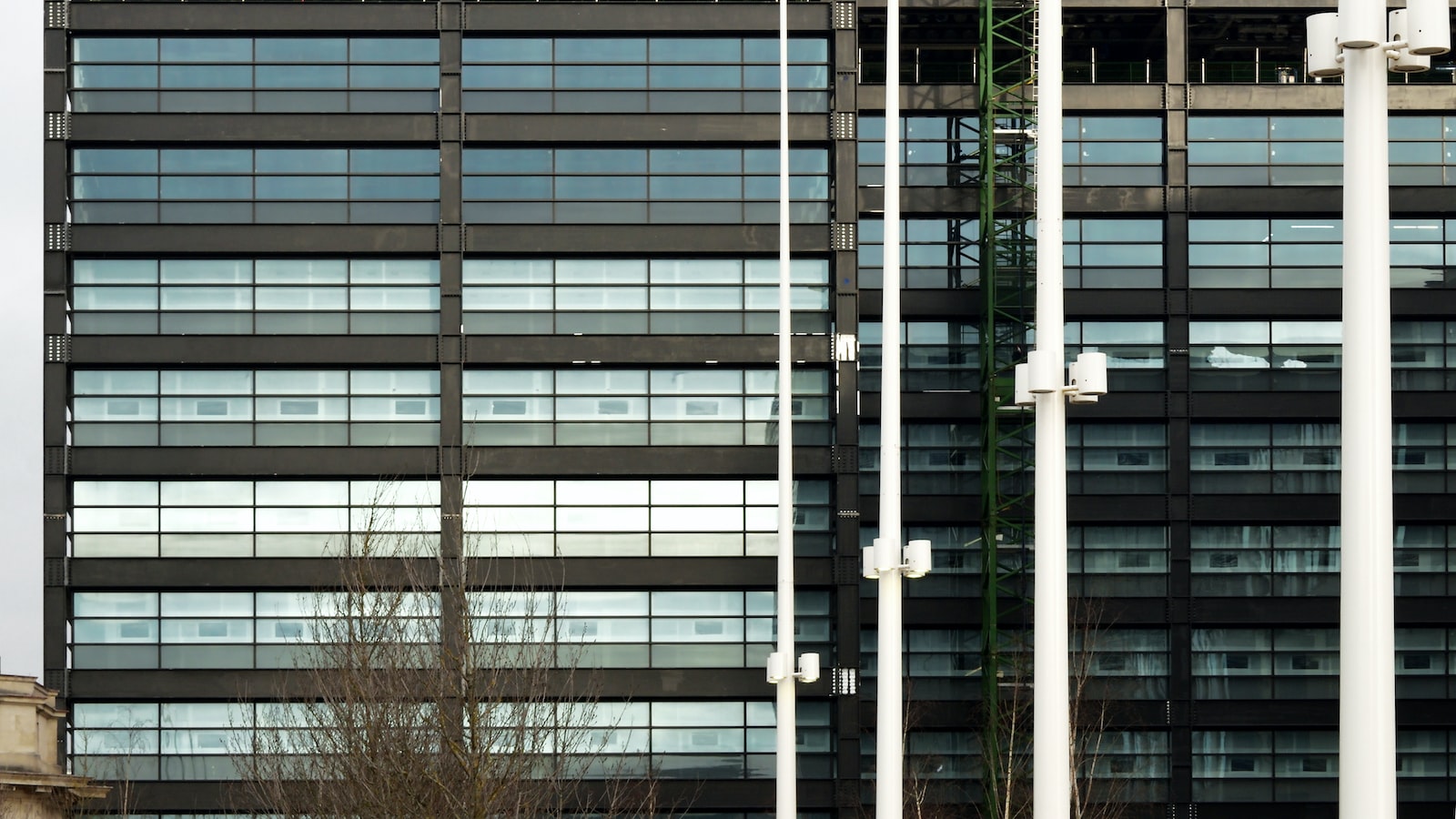
Incorporating Biophilic Design: Bringing Nature Indoors for Health and Well-Being
Have you ever noticed how spending time in nature can make you feel refreshed, rejuvenated, and energized? It’s no secret that being in close contact with natural surroundings can have a positive impact on both our physical and mental well-being. As we spend more and more time indoors, it’s becoming increasingly important for us to incorporate natural elements in our homes, workplaces, and public spaces. This is where biophilic design comes in.
What is Biophilic Design?
Biophilic design is a concept that aims to bring nature indoors by integrating natural elements, such as plants, water, daylight, and natural materials, into the built environment. The term “biophilia” refers to the innate human connection with nature, and biophilic design aims to satisfy this connection by creating spaces that evoke a sense of comfort, calmness, and well-being.
The Benefits of Biophilic Design
The benefits of biophilic design are many. For example, research has shown that exposure to natural light can improve productivity and reduce stress, while contact with plants can improve air quality and promote mental health. In addition, water features, such as fountains and ponds, can create a sense of tranquility and promote relaxation.
How to Incorporate Biophilic Design at Home
There are many ways to incorporate biophilic design into your home. Some ideas include:
- Adding plants to your living space. You can choose from a variety of plants, such as succulents, ferns, or herbs, depending on your preference and lighting conditions.
- Using natural materials, such as wood, stone, or bamboo, for furniture and decor.
- Optimizing natural light by opening curtains and blinds and using light-colored walls and furniture to reflect sunlight.
- Incorporating water features, such as a small fountain or aquarium, to create a sense of calmness.
- Using nature-inspired colors, such as soft greens and blues, to create a soothing atmosphere.
Creating Biophilic Workspaces
Incorporating biophilic design in the workplace can have many benefits, such as reducing stress and improving productivity. Some ways to incorporate biophilic design in the workplace include:
- Adding plants to workspaces. Not only do plants improve air quality, but they can also boost morale and creativity.
- Using natural light to create a more inviting and comfortable workspace.
- Incorporating water features, such as a small fountain, to promote relaxation and reduce stress.
- Using natural materials, such as wood or bamboo, for furniture and decor.
- Incorporating nature-inspired art or photos to create a sense of connection with the outdoors.
The Bottom Line
Overall, incorporating biophilic design can have a significant impact on our health and well-being. By bringing nature indoors through the use of natural materials, plants, natural light, and water features, we can create spaces that promote relaxation, creativity, and productivity. Whether at home or in the workplace, biophilic design can create a sense of connection with nature and enhance our quality of life.
